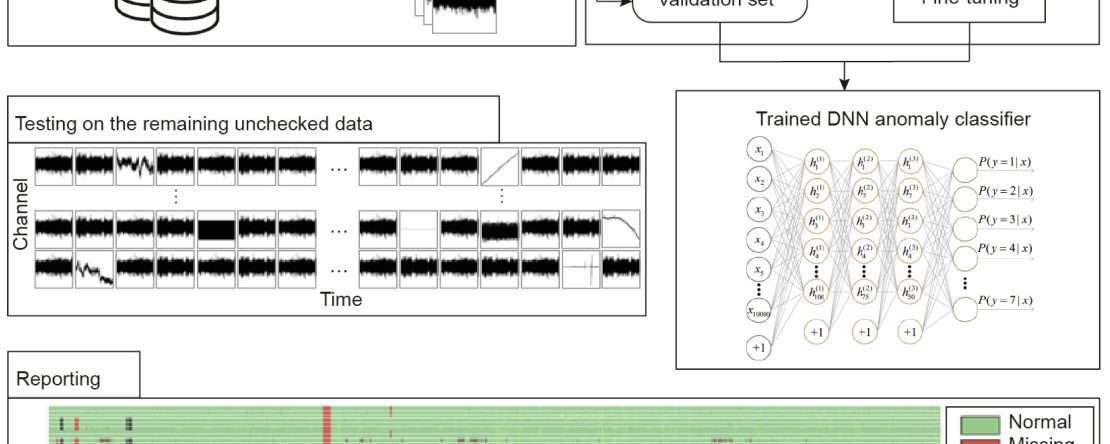Structural health monitoring (SHM) is a multi-discipline field that involves the automatic sensing of structural loads and response by means of a large number of sensors and instruments, followed by a diagnosis of the structural health based on the collected data. Because an SHM system implemented into a structure automatically senses, evaluates, and warns about structural conditions in real time, massive data are a significant feature of SHM. The techniques related to massive data are referred to as data science and engineering, and include acquisition techniques, transition techniques, management techniques, and processing and mining algorithms for massive data. This paper provides a brief review of the state of the art of data science and engineering in SHM as investigated by these authors, and covers the compressive sampling-based data-acquisition algorithm, the anomaly data diagnosis approach using …
Data Acquisition
Compressive sensing has been studied and applied in structural health monitoring for data acquisition and reconstruction, wireless data transmission, structural modal identification, and spare damage identification. The key issue in compressive sensing is finding the optimal solution for sparse optimization. In the past several years, many algorithms have been proposed in the field of applied mathematics. In this article, we propose a machine learning–based approach to solve the compressive-sensing data-reconstruction problem. By treating a computation process as a data flow, the solving process of compressive sensing–based data reconstruction is formalized into a standard supervised-learning task. The prior knowledge, i.e. the basis matrix and the compressive sensing–sampled signals, is used as the input and the target of the network; the basis coefficient matrix is embedded as the parameters of a certain …


